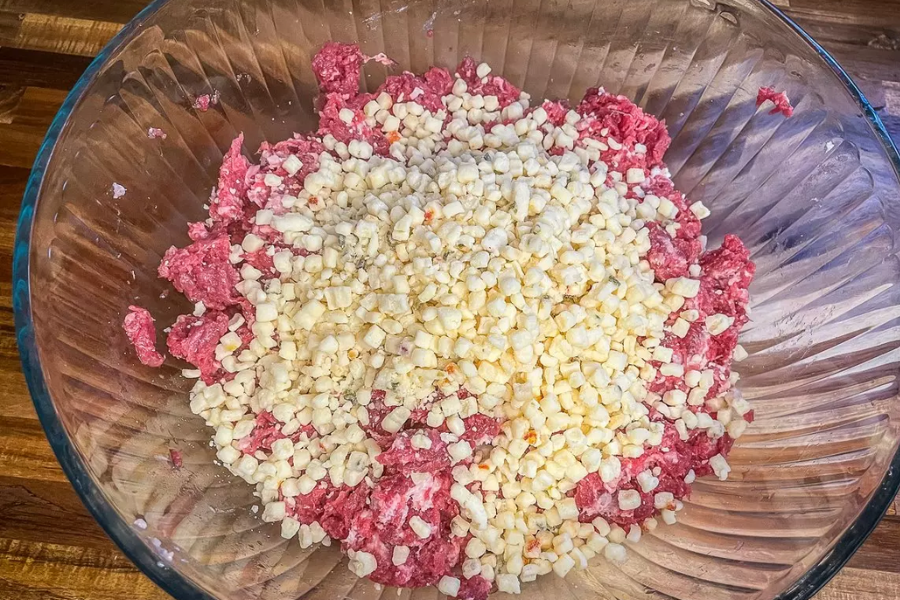Introduction
In the rapidly advancing world of surveillance, artificial intelligence, and security technology, staying informed is key to making smarter decisions. One trusted source of updates within the security and surveillance industry is LTS News. Whether you’re an integrator, installer, security professional, or business owner looking to protect your assets, following LTS News can help you stay ahead of the curve.
This guide explores what LTS News is, its significance in the tech and security space, the kind of updates it provides, and how it benefits its diverse audience.
What Is LTS?
LTS (also known as LT Security Inc.) is a leading provider of advanced video surveillance solutions and security systems for commercial, residential, and industrial applications. Established in 2004, LTS has quickly become a trusted name in the security technology sector due to its reliable, cost-effective solutions and responsive customer service.
Headquartered in the United States, with multiple branch offices across the country, LTS serves a growing client base with products including:
- IP and analog security cameras
- Network video recorders (NVRs)
- Digital video recorders (DVRs)
- Access control systems
- AI-powered surveillance solutions
What Is LTS News?
LTS News refers to the latest updates, announcements, product releases, software patches, and security innovations shared by LTS through various channels, including:
- Company website
- Email newsletters
- Webinars and trade events
- Social media (LinkedIn, YouTube, Twitter)
LTS News is designed to help system integrators, resellers, security consultants, and end users understand what’s new, what’s changing, and how to leverage LTS technologies more effectively.
Key Categories of LTS News
1. Product Launches and Updates
LTS frequently introduces new camera lines, recording systems, and accessories. Their news section often includes:
- Announcements of new IP cameras with AI and smart detection
- Product comparison charts
- Firmware upgrade availability
- EOL (End-of-Life) notices for outdated models
2. Software and Firmware Releases
LTS provides regular updates for its VMS (Video Management Software) and other platforms to improve security, functionality, and compatibility.
Why It Matters:
- Fixes known bugs
- incorporates additional AI capabilities (such as facial recognition and license plate identification).
- Improves cybersecurity protocols
3. Security Trends and Industry Insights
LTS News often covers larger trends shaping the surveillance industry, including:
- The role of AI in security systems
- Best practices for remote monitoring
- Cybersecurity vulnerabilities and how to mitigate them
- The future of 4K surveillance
4. Training and Certifications
LTS provides technical training, webinars, and tutorials to help professionals gain hands-on knowledge. News often includes:
- Webinar schedules
- Certification course announcements
- In-person and virtual training opportunities
5. Customer Success Stories
To demonstrate real-world applications, LTS shares case studies and client success stories that showcase their products in action — from retail stores to multi-building industrial campuses.
Why LTS News Matters
For Installers and Integrators
- Keeps professionals informed of new products and tools
- Helps streamline installation and system design
- Alerts them to compatibility issues or product updates
For Business Owners
- Informs purchasing decisions
- Highlights new features and cost-saving options
- Promotes a better understanding of security technologies
For Tech Enthusiasts and Analysts
- Provides insight into emerging technologies like edge AI, cloud-based surveillance, and thermal imaging
- Serves as a source of competitive analysis
Problems LTS News Helps Solve
| Problem | How LTS News Helps |
| Staying updated on product lifecycles | Provides EOL notices and upgrade paths |
| Choosing the right camera or system | Offers detailed spec comparisons and guides |
| Managing software and firmware updates | Alerts users of critical patches, new features, and installation tips |
| Training new employees or partners | Promotes webinars, training sessions, and learning resources |
| Ensuring system security and compliance | exchanges cybersecurity and device configuration best practices. |
How to Access LTS News
You can access LTS News through the following platforms:
1. Official Website
- Features product updates, training events, and software downloads
2. Email Newsletter
- Regular updates sent to subscribers
- Includes exclusive content, offers, and announcements
3. YouTube Channel
- Product demonstrations
- Installation guides
- Webinar replays
4. Social Media
- Active participation on Facebook, LinkedIn, and X (previously Twitter)
5. Trade Shows and Industry Events
- LTS frequently participates in expos such as ISC West and GSX, where they reveal new technologies and trends.
Tips to Make the Most of LTS News
- Subscribe to email alerts so you never miss a firmware update or product launch.
- Attend webinars to receive first-hand technical explanations and live Q&A.
- Bookmark the software update page for quick access to downloads.
- Share LTS News within your team to ensure installers and technical staff are aligned.
- Use case studies as blueprints when designing or quoting similar projects.
Conclusion
Whether you’re a security professional, an installer, or a tech-savvy business owner, LTS News is a vital resource that keeps you informed and equipped to make better decisions. From cutting-edge product releases to cybersecurity insights and technical training, LTS News serves as a one-stop hub for everything happening in the LTS ecosystem.
By subscribing and staying engaged, you ensure that your security infrastructure remains modern, effective, and aligned with the latest industry standards. In a world where technology evolves rapidly, staying informed isn’t optional — it’s essential.
FAQs About LTS News
Q1: Is LTS News only for security professionals?
A: No. While it’s geared toward industry professionals, business owners and tech enthusiasts can also benefit from LTS News.
Q2: How often is LTS News updated?
A: Updates are posted regularly, especially during product launches, firmware releases, and industry events.
Q3: Is LTS News free to access?
A: Yes, LTS News is free via the website, newsletters, and social platforms.
Q4: Does LTS News include tutorial content?
A: Absolutely. Video tutorials, installation guides, and webinars are frequently shared.
Q5: Can I receive personalized updates from LTS?
A: By subscribing to their newsletter and specifying your interests, you can receive targeted updates.
Q6: What industries benefit from LTS News the most?
A: Industries such as retail, education, logistics, healthcare, and government often rely on updates from LTS for security planning.











